SOURCE: RAUNAK KUNDE / NEWS BEAT / IDRW.ORG
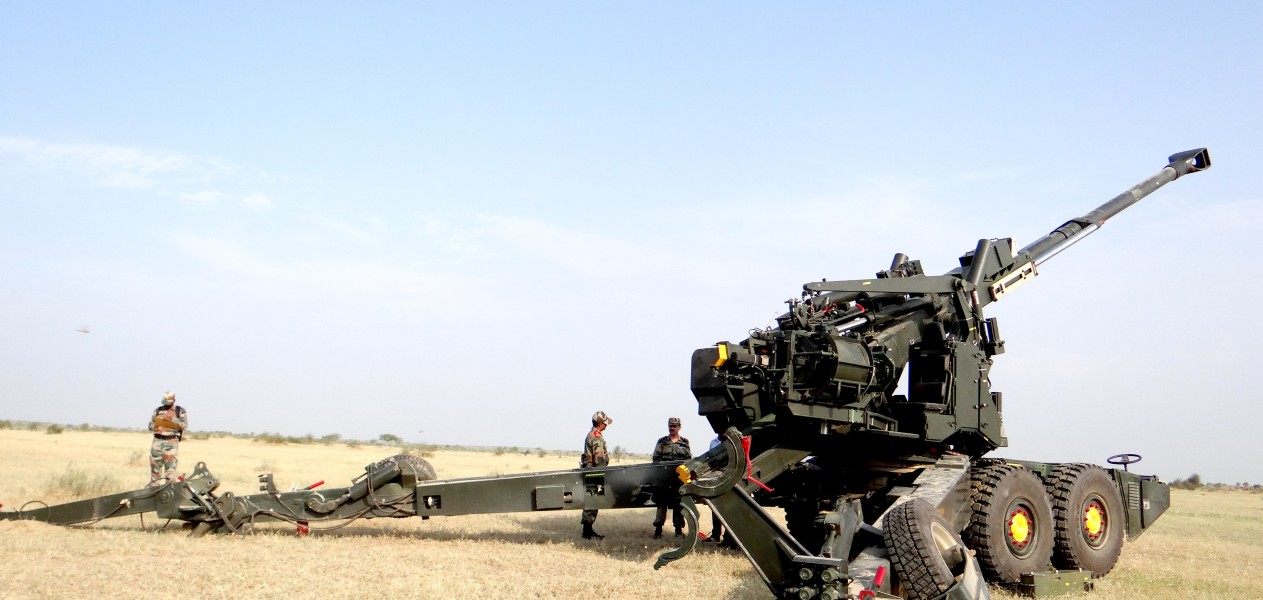

The Indian Army is set to procure 307 Advanced Towed Artillery Gun Systems (ATAGS) from Bharat Forge and Tata Advanced Systems Limited (TASL). These state-of-the-art artillery guns are expected to significantly enhance the Army’s firepower, particularly in the Western sector, close to the Pakistan border. This deployment reflects a strategic focus on countering potential threats in the region while leveraging the ATAGS’ superior capabilities.
The ATAGS, a 155mm/52-caliber howitzer, is an indigenously developed system designed to meet the Army’s firepower needs under diverse operational conditions. With an impressive range of 48 km, it is considered one of the longest-range artillery systems in its class globally.
Continue readingSOURCE: AFI


The possibility of China supplying Pakistan with nuclear-powered ballistic missile submarines (SSBNs) would dramatically alter the strategic balance in South Asia. This scenario would not only enhance Pakistan’s naval and nuclear capabilities but also pose significant security challenges for India, necessitating a carefully calibrated response. Here’s how India might strategically respond:
India could ramp up its diplomatic efforts on international platforms, like the United Nations or within multilateral forums such as the Quad (with the US, Japan, and Australia), to express concerns about the destabilizing effects of such a transfer.
Continue readingSOURCE: AFI
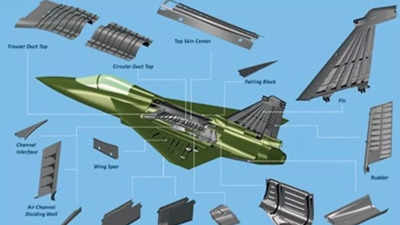

The Hindustan Aeronautics Limited (HAL) has significantly advanced its expertise in composite materials through the development of the Tejas Light Combat Aircraft (LCA). This progression marks a pivotal shift in Indian aerospace technology, demonstrating that composites can not only make aircraft lighter but also substantially reduce their radar cross-section (RCS), thereby enhancing stealth capabilities.
HAL’s experience with composites in the Tejas program is extensive, with roughly 45% of the aircraft’s structure being made from composite materials, including carbon composites. This has resulted in a notable weight reduction – up to 20% in the airframe – which directly translates to improved fuel efficiency and extended combat range or endurance. The Tejas, with its composite construction, is one of the lightest fighters in its class, which is a testament to HAL’s capability in leveraging advanced materials for aerospace applications.
Continue readingSOURCE: AFI


The Indian Air Force (IAF) experienced a concerning number of accidents during the Thirteenth Defence Plan period. This period, spanning several years, witnessed a significant number of aircraft mishaps, raising concerns about air safety and operational readiness.
The data reveals a consistent number of accidents throughout the period, with fluctuations from year to year. A diverse range of aircraft, including fighters (MiG-21, MiG-27, Su-30, Jaguar), trainers (Kiran, Hawk), helicopters (Mi-17, ALH), and transport aircraft (AN-32), were involved in these incidents. A significant portion of the accidents were attributed to “Human Error” (both aircrew and servicing personnel). Technical defects and Foreign Object Damage (FOD) also contributed significantly.
Continue readingSOURCE: AFI


India has recently intensified its countermeasures against the increasing threat of drone incursions from Pakistan by deploying GPS jamming technology along the Punjab border. This strategic move aims to disrupt the navigational systems of drones used by Pakistani smugglers to transport contraband, including narcotics and small arms, into Indian territory.
The deployment of GPS jamming systems is particularly focused along the India-Pakistan border in Punjab, with significant activity noted around major urban centers like Amritsar and extending to nearby regions such as Pathankot. According to data provided by DFI Lite, an X user, the level of GPS interference in this area has been ranked above 10%, which indicates a very high level of jamming activity.
Continue readingSOURCE: IDRW.ORG
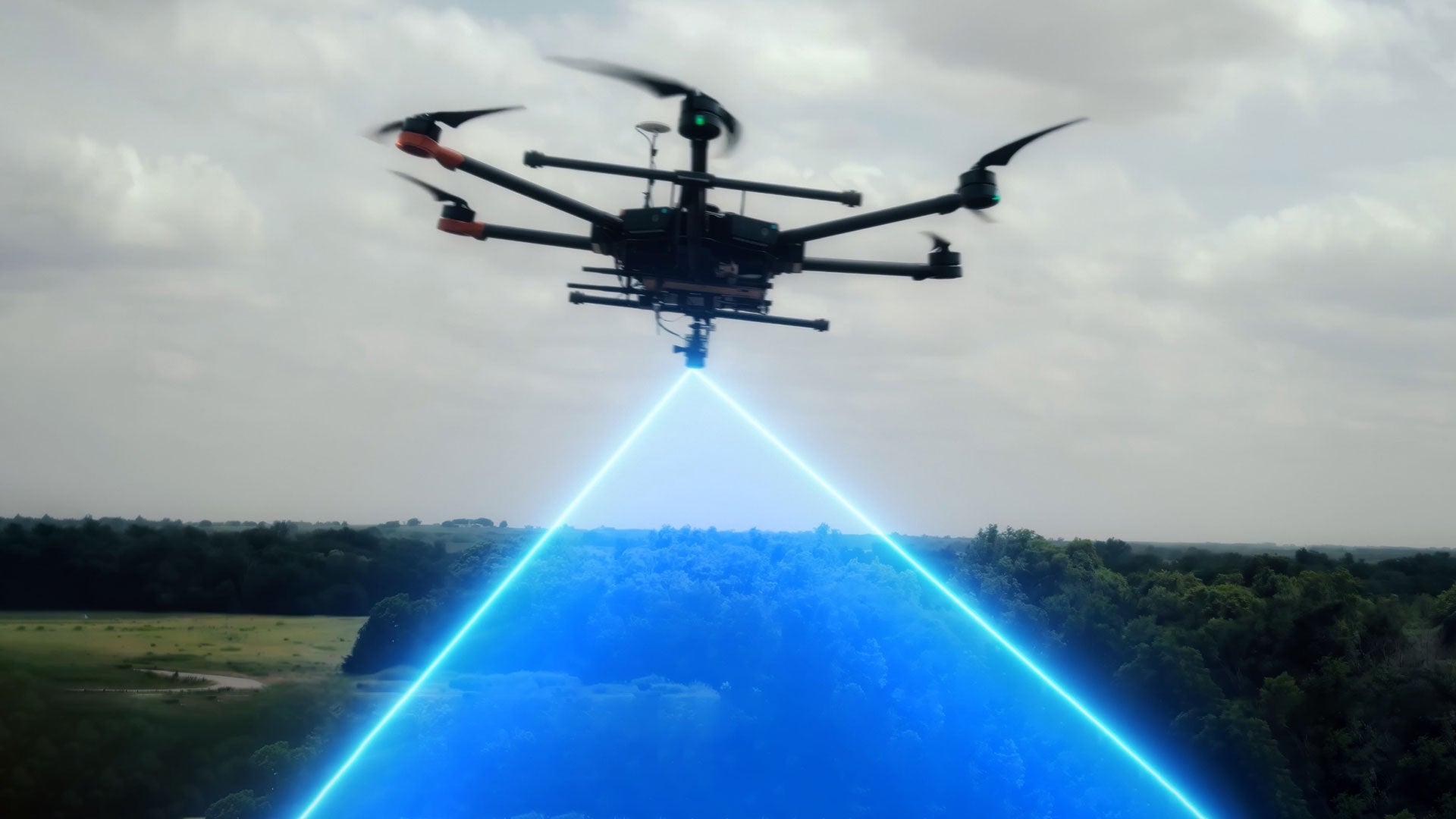

Headquarters Northern Command of the Indian Army has issued a Request for Information (RFI) for the procurement of four Mini Unmanned Aerial Vehicles (UAVs) equipped with advanced detection systems for identifying surface and subsurface landmines and Improvised Explosive Devices (IEDs). This initiative reflects the Army’s focus on leveraging cutting-edge technology to enhance operational safety and efficiency in challenging terrains and combat scenarios.
The UAVs are expected to meet specific operational requirements to ensure effectiveness in diverse environments. They should have a flying endurance of at least 45 minutes while carrying the onboard detection payload and must be ruggedized for military use. These UAVs should be capable of operating in adverse weather conditions, including winds up to 37 km/h, light rain, snow, and overcast skies. Compact design and superior maneuverability are essential for deployment in mountainous, hilly, and jungle terrains.
Continue readingSOURCE: IDRW.ORG.


Megha Engineering and Infrastructures Ltd (MEIL) has confirmed receiving orders from the Defence Research and Development Organisation (DRDO) to manufacture airframes for the Tactical Advanced Range Augmentation (TARA) precision guidance kit. The initial order includes 27 units, featuring the dual CCD/IIR seeker variant of the TARA guidance kit.
The precision guidance kits are compatible with General Purpose (GP) bombs and High-Speed Low Drag (HSLD) bombs. Both bomb types have already been developed by DRDO and successfully integrated with the Indian Air Force’s (IAF) fighter jets, enhancing the accuracy and effectiveness of aerial strikes.
Continue readingSOURCE: AFI
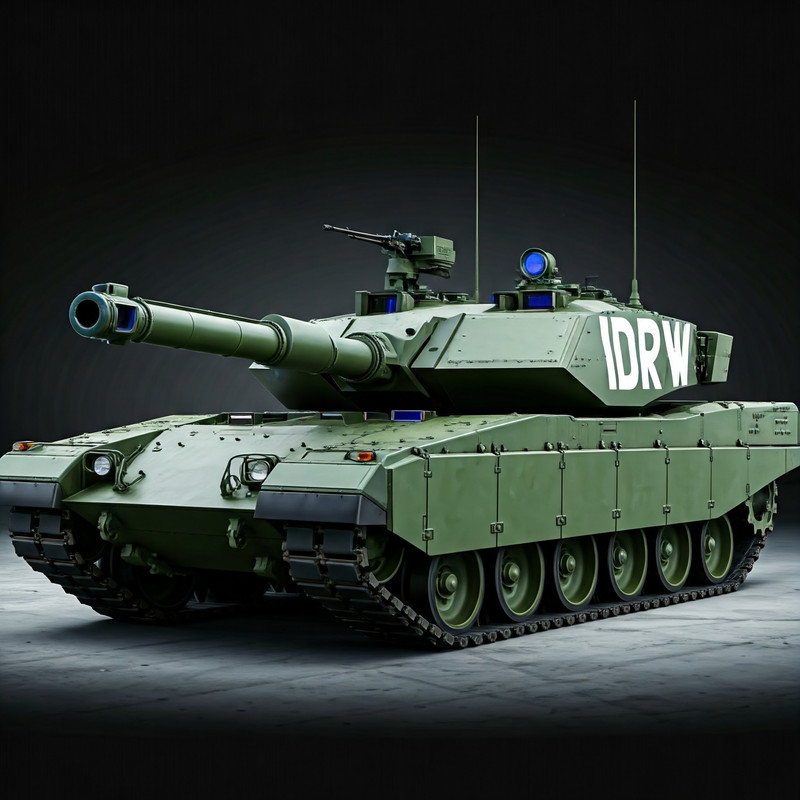

The Defence Research and Development Organisation (DRDO) has strongly advocated for the development and manufacturing of the Next Generation Main Battle Tank (NGMBT), also referred to by the Indian Army as the Future Ready Combat Vehicle (FRCV), within India. This push towards local production is seen as a critical step towards reducing India’s reliance on foreign military hardware.
In a recent statement, DRDO emphasized that only through domestic manufacturing can the country significantly decrease its dependency on imports for its armored units. “DRDO has been recommending that NGMBT or, as the Army calls it, the FRCA has to be made in the country. Then only, this dependence will come down,” a senior DRDO official noted.
Continue readingSOURCE: AFI


The Indian Army is poised to enhance its defensive and tactical capabilities through the planned procurement of approximately seventy units of the Vehicle-Based Mine Scattering System (VBMSS). This initiative aligns with the strategic objectives outlined in Paragraphs 2 to 4 of Chapter II of the Defence Acquisition Procedure (DAP) 2020, aiming to revolutionize the deployment of minefields in response to modern battlefield dynamics.
The primary goal of introducing VBMSS into the Indian Army’s arsenal is to enable the rapid laying of minefields in reaction to enemy movements.
Continue readingSOURCE: AFI


In response to the recent strategic moves by Bangladesh, India has positioned its unmanned aerial vehicles (UAVs) in West Bengal, close to the Bangladesh border. This deployment comes in the wake of Bangladesh deploying the Turkish-made Bayraktar TB2 UAVs in the same region, highlighting a new phase in border surveillance and security dynamics between the two nations.
Bangladesh has recently operationalized its acquisition of the Bayraktar TB2 drones, known for their effectiveness in both surveillance and light-strike capabilities. These drones have been deployed near the West Bengal border, an area of strategic importance due to its proximity to the sensitive “chicken neck” corridor, which connects India’s northeast with the rest of the country.
Continue readingSOURCE: AFI


In a move that signifies a leap towards modernizing military logistics, the Indian Armed Forces have introduced BonV Aero’s Air Orca eVTOL (Electric Vertical Takeoff and Landing) drones into their operational strategy. These drones are now pivotal in supplying troops at remote, high-altitude border posts, particularly during the challenging winter seasons.
The Air Orca, a medium-sized eVTOL, is tailored for the unique demands of high-altitude environments. With the ability to carry up to 30 kilograms, it is perfectly suited for delivering essential supplies like food, medical kits, and equipment to soldiers in some of India’s most rugged and remote regions.
Continue readingSOURCE: AFI
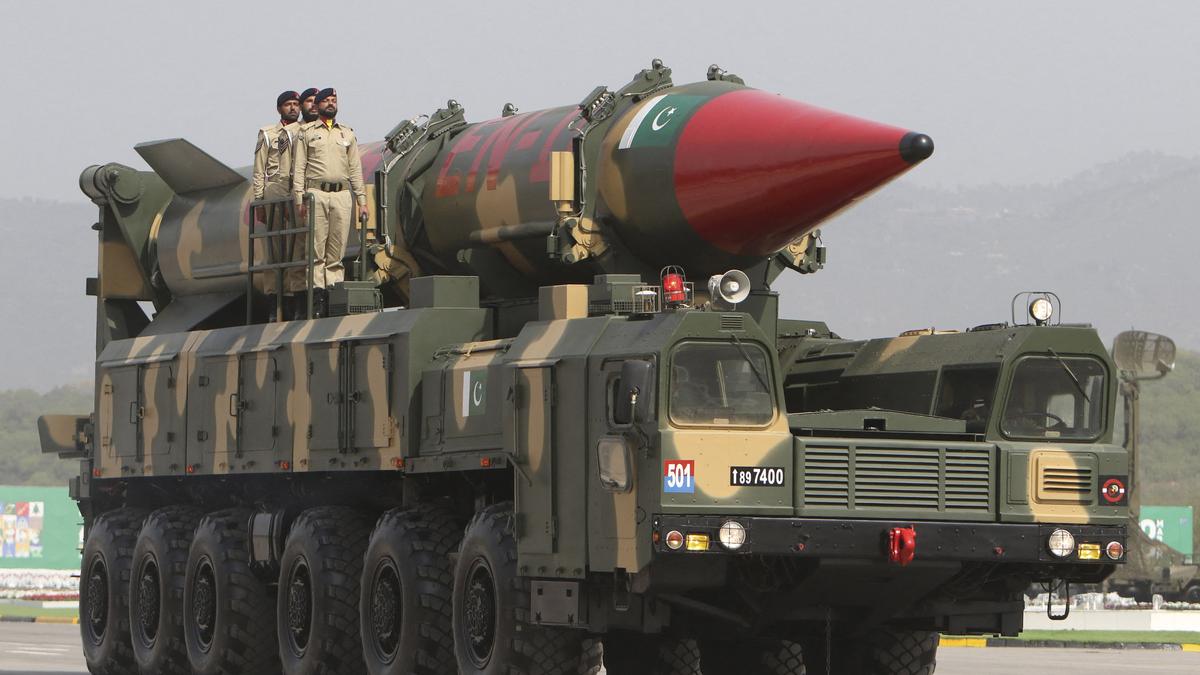

In a recent statement, Pakistan has pointed fingers at India and Israel for influencing the United States to impose sanctions on its missile development and research agencies. This development comes amidst a series of US sanctions targeting entities involved in Pakistan’s long-range ballistic missile programs, which have stirred significant controversy and debate within defense circles.
Pakistan’s Foreign Ministry has explicitly blamed India and Israel, suggesting that these nations are behind the US’s decision to sanction Pakistani firms like the National Development Complex (NDC) and others associated with missile technology. This accusation is based on the assertion that both countries aim to curb Pakistan’s strategic capabilities, specifically in developing long-range ballistic missiles.
Continue readingSOURCE: RAUNAK KUNDE / NEWS BEAT / IDRW.ORG


India has extended a significant offer to Vietnam to equip its Su-27 and Su-30 fighter jets with the Astra Mk1 Beyond Visual Range Air-to-Air Missile (BVRAAM), a move that could further strengthen defence ties between the two nations. The Vietnamese People’s Air Force (VPAF) currently operates a fleet of 10 Su-27 Flanker combat aircraft, alongside 35 Su-30 multirole fighters, both of which could benefit from the advanced capabilities of the Astra Mk1 missile.
The Astra Mk1 is India’s first indigenously developed BVRAAM, designed to engage aerial targets at ranges beyond the visual line of sight. Developed by the Defence Research and Development Organisation (DRDO), the Astra Mk1 features advanced guidance systems, enabling it to track and intercept enemy aircraft with high precision, even in contested environments.
Continue readingSOURCE: RAUNAK KUNDE / NEWS BEAT / IDRW.ORG
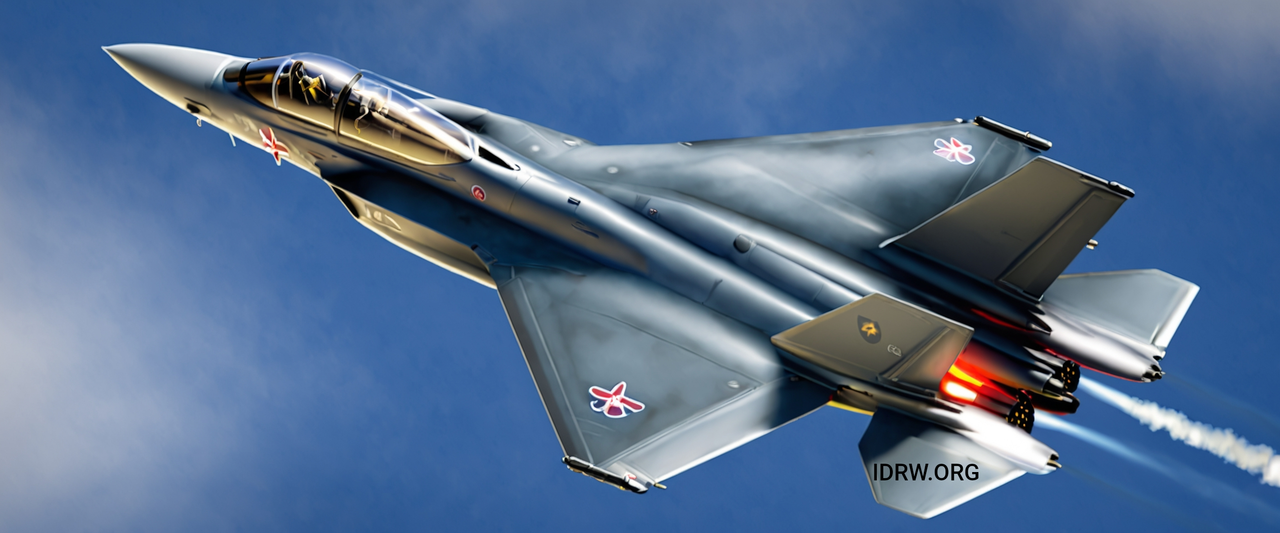

India’s ambitious 5th Generation Advanced Medium Combat Aircraft (AMCA) program, designed to enhance the Indian Air Force’s capabilities, has made gradual yet significant strides, according to industrial sources close to idrw.org. The program, which aims to develop a cutting-edge fighter aircraft with stealth features and advanced avionics, is currently progressing well, with key components nearing completion.
Sources revealed to idrw.org that large portions of the AMCA’s airframe are currently under construction, a crucial phase in the aircraft’s development. The airframe is a critical structural element that supports the aircraft’s various systems, and its construction marks a major milestone in the program. With several components already in the works, the AMCA is on track to take shape in the coming months.
Continue readingSOURCE: RAUNAK KUNDE / NEWS BEAT / IDRW.ORG
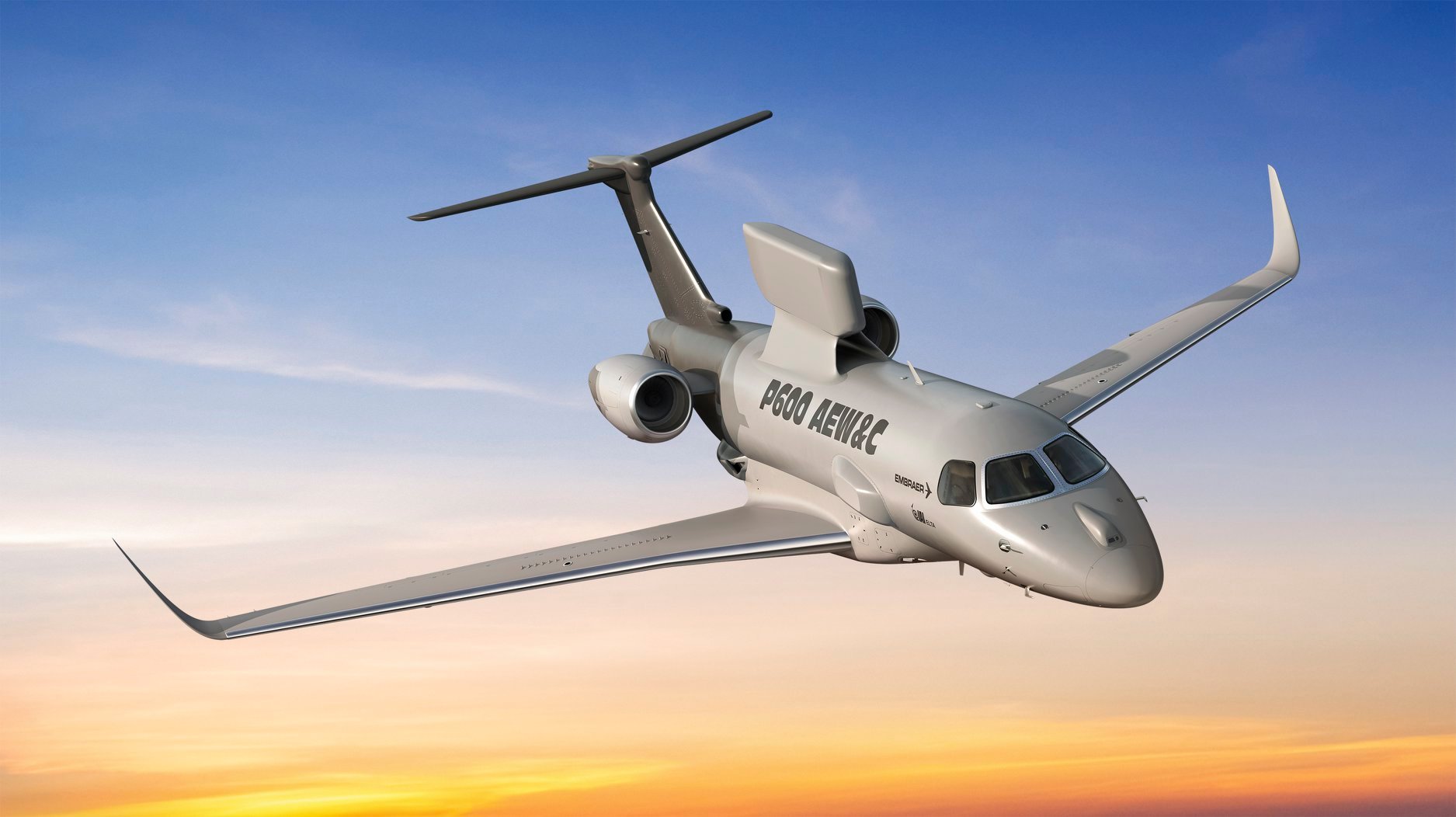

In a development that could reshape India’s airborne early warning and control capabilities, Brazilian aerospace giant Embraer has confirmed ongoing discussions regarding the supply of more aircraft for the Indian Air Force’s (IAF) Netra Mk1 Airborne Early Warning and Control System (AEW&CS) program. Embraer has proposed its Praetor 600, a super mid-size business jet, as the platform for the next phase of this critical surveillance initiative.
The Praetor 600, while smaller than the ERJ145 currently used in the Netra Mk1, brings significant advantages to the table.
Continue reading